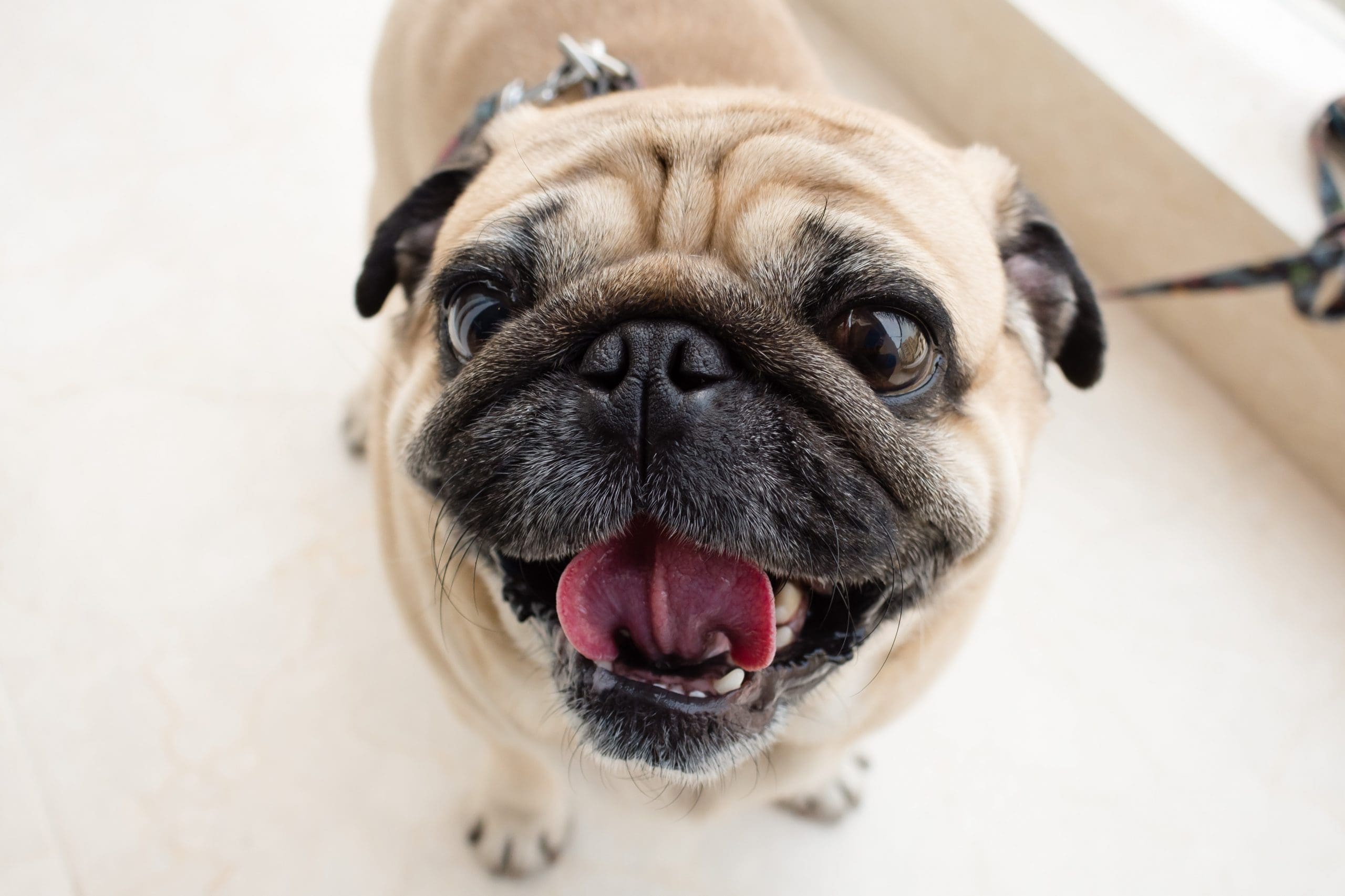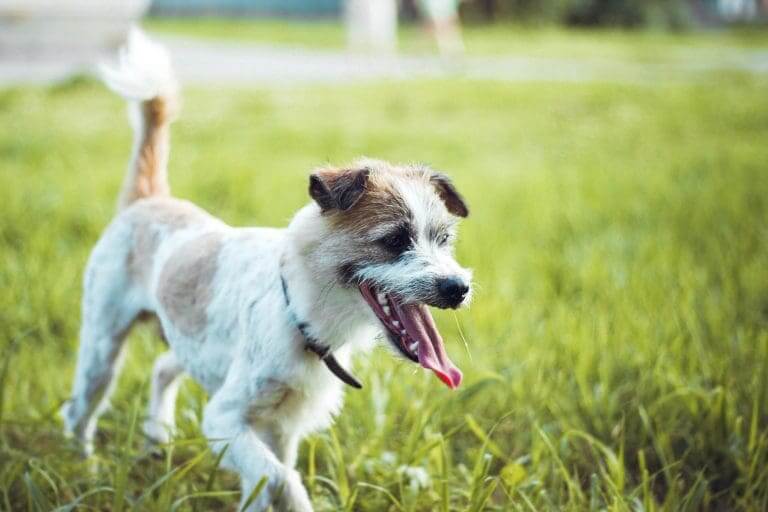What Human Food Can I Give My Dog To Gain Weight?
Post Date:
December 10, 2024
(Date Last Modified: December 13, 2024)
If your dog appears thin and is struggling to gain weight, incorporating certain human foods into their diet can help. Weight management is crucial for a dog’s overall health, so it’s vital to approach this thoughtfully. Various factors can contribute to being underweight, including age, breed, activity level, and potential health issues. Consulting with your veterinarian can help identify any underlying concerns and provide tailored advice.
Protein-Rich Foods
Adding protein-rich foods to your dog’s meals can promote healthy weight gain. Cooked lean meats such as chicken, turkey, and beef are excellent options. Always remove bones and excess fat, and avoid seasoning or sauces that may harm dogs.
Fish, particularly salmon and sardines, offers protein and healthy omega-3 fatty acids, benefiting skin and coat health. Serve these cooked or canned, ensuring they are free of added salt or preservatives.
Eggs are another great protein source and can be scrambled or boiled for a tasty addition to your dog’s meals. Ensure they are fully cooked to prevent the risk of salmonella.
Healthy Carbohydrates
Incorporating healthy carbohydrates can provide the extra calories your dog requires. Sweet potatoes and brown rice are both excellent choices. Sweet potatoes are calorie-dense and rich in vitamins and minerals. Bake or steam them, then mash for easier consumption.
Brown rice is easy to mix with regular food and gentle on the stomach, making it ideal for dogs with sensitive digestion. These carbohydrates can increase calorie intake without overwhelming your dog’s digestive system.
Dairy Products
Many dogs enjoy dairy, which can be a source of calories. Plain yogurt and cottage cheese may be added in moderation, offering beneficial probiotics that support digestive health. Start with small amounts to ensure your dog tolerates dairy, as some dogs may be lactose intolerant.
Cheese is another popular treat. Use small pieces as training rewards or mix it into their meals, but choose lower-fat options and offer sparingly due to its high-calorie content.
Nut Butters
Nut butters like peanut butter (ensure it’s xylitol-free) can add extra calories to your dog’s diet. Most dogs love peanut butter, which can be spread on treats, mixed with food, or used to fill toys for enrichment. Monitor portion sizes, as nut butters are calorie-dense.
Almond and cashew butter can also be beneficial, but check for added sugars or harmful ingredients before offering them.
Oils and Fats
Healthy fats are vital for a dog’s diet and can significantly boost calorie intake. Adding a small amount of healthy oil, such as olive or coconut oil, to your dog’s food enhances flavor and increases calories. Start with a teaspoon and adjust based on your dog’s tolerance and weight gain progress.
Avoid excessive amounts, as too much fat can cause digestive upset. Keep an eye on your dog for signs of discomfort when introducing new oils.
Commercial Weight Gain Foods
In addition to human food, commercial dog foods designed for weight gain can be effective. These diets provide extra calories and nutrients to help underweight dogs achieve a healthy weight. Look for high-quality brands focusing on whole ingredients.
Weight gain supplements can also enhance caloric intake when mixed into your dog’s meals. Discuss the best options with your veterinarian tailored to your dog’s specific needs.
Feeding Schedule and Portion Control
Adjusting your dog’s feeding schedule can support weight gain. Instead of one or two large meals, consider offering smaller, more frequent meals throughout the day to increase caloric intake.
Pay attention to portion sizes. While larger portions may be tempting, it’s crucial to find a balance that meets their needs without overwhelming their digestive system. Gradually increase food amounts to allow for adjustments.
Monitoring Weight and Health
Regularly monitoring your dog’s weight is essential while adjusting their diet. Weigh your dog consistently to track progress and make necessary adjustments. If you notice sudden changes in appetite, energy levels, or overall health, consult your veterinarian for guidance.
Creating a Positive Mealtime Experience
The environment where your dog eats can influence their appetite. A calm and positive mealtime atmosphere encourages eating. Ensure the eating area is quiet and distraction-free, and establish a routine to help your dog feel secure.
Enhancing the appeal of their food can also help. Mixing in some of the aforementioned human foods can make meals more enticing. Adding warm water or low-sodium broth to dry kibble enhances aroma and flavor.
Patience is Key
Gaining weight takes time, so patience is crucial. Every dog is unique, and their weight gain journey may vary. Consistency with their new diet and feeding schedule is important. Celebrate small victories along the way, and remain committed to helping your dog reach a healthier weight.
Focusing on nutritious foods and creating a supportive feeding environment will promote healthy weight gain. If concerns about your dog’s weight or health arise, professional advice from a veterinarian is invaluable for personalized recommendations to ensure your dog thrives.





